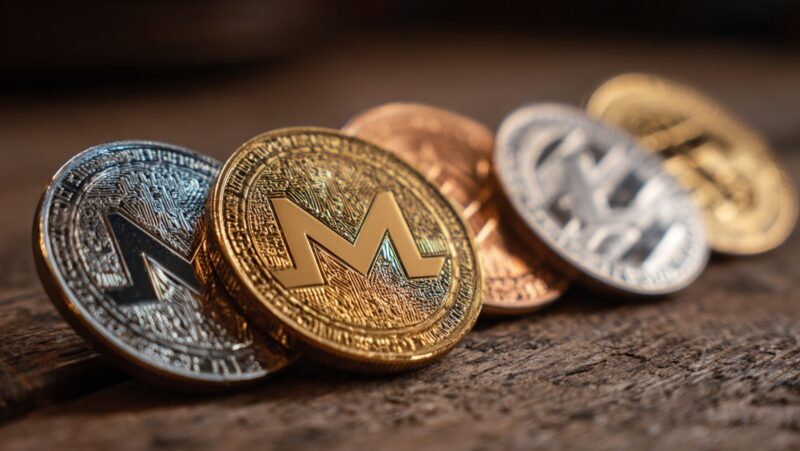
Cryptocurrencies have broken free from the confines of investment portfolios and speculative trading. By 2026, digital coins will be an integral part of everyday life. Whether it’s buying lunch, paying for a Netflix subscription, or tipping an artist online, the world has warmed up to crypto in ways that seemed unlikely just a few years ago.
Crypto in Online Entertainment and Leisure
One of the first industries to adopt cryptocurrencies at the consumer level was the digital entertainment sector. In 2025, streaming platforms, online games, and content services regularly accept various coins.
Several streaming services now integrate with wallets like Coinbase Wallet and Trust Wallet, allowing users to pay with stablecoins such as USDC or DAI. Subscriptions can be purchased monthly or on a per-view basis, depending on the platform. For younger consumers and those in crypto-savvy regions, this method has become the preferred option. It’s private, efficient, and doesn’t require traditional bank details.
In online gaming, many platforms have thrived by incorporating cryptocurrency-based features. It’s not only about buying in-game tokens; whole ecosystems are built around blockchain economies. Among them, plinko casino online platforms have gained more popularity among casual gaming users. These platforms enable people to interact with crypto in a non-technical manner. Coins are used to play, earn small rewards, or simply pass the time.
Live streaming services and creator platforms are also on board. Creators are now accepting crypto tips through services such as Twitch and Kick. Blockchain-based tipping has become a new form of fan support, particularly where traditional methods are slow or unavailable.
Shopping with Crypto Becomes Routine
If you walk into a supermarket in 2025, you might see a crypto payment option at checkout, although it remains far from widespread. Instead of major grocery chains adopting crypto directly, most meaningful adoption occurs through select retailers and online brands that integrate crypto payment processors.
Companies such as Newegg, Microsoft, and Starbucks support crypto purchases in various ways, either directly through platforms like BitPay or indirectly through services that convert crypto to store credit or gift cards. Electronics stores, coffee chains, and digital service providers have been more willing to experiment with crypto compared to large supermarket chains.
Travel, Transport, and Taxis
Do you need to reserve a ride or a hotel room? In 2025, you can do it with crypto, and not only in select cities. Grab has integrated crypto payments in select regions where regulations permit such transactions. Users simply choose their crypto wallet at checkout and scan a QR code to make a payment.
Travel agencies and flight booking platforms like Travala and CheapAir are still taking the lead in this, allowing travelers to use Bitcoin, Ethereum, and more to book flights, rooms, and activities.
Food Delivery and Dining Out
Ordering lunch or dinner with crypto is becoming more accessible, though not because major food delivery apps accept it directly. DoorDash, Uber Eats, and Deliveroo still do not offer native crypto payment options. Instead, users rely on third-party tools to place their orders. This approach lets people use crypto for everyday meals, even though the payment is processed outside the apps.
Restaurants are also moving toward wider adoption, particularly fast-food chains and large franchises. McDonald’s has tested crypto payment options in select global markets, while Starbucks allows users to load their app balances using crypto through partnered services. In cities such as Tokyo and San Francisco, smaller cafés and independent shops are increasingly displaying signs welcoming Bitcoin, Solana, or other popular digital assets.
Why It Works in 2025
There are several reasons why crypto has become practical for everyday use in 2025. One major factor is usability. Wallet apps are now sleek, safe, and easy to use. Even people who have no idea what blockchain is can send and receive coins just as easily as using PayPal or Venmo.
Stablecoins have significantly reduced volatility concerns for everyday spending. By using coins pegged to the value of the US dollar or euro, people don’t have to worry about market swings when buying their groceries or paying their bills.


